This post may contain affiliate links. If you make a purchase by clicking on these links, I may earn a small commission at no extra cost to you. Read the disclaimer for more information.
I rubbed the sleep from my tired eyes and stared out of the window of my safari vehicle. The sun was just rising above the horizon, slowly illuminating the land around us. We stopped at the rim of Ngorongoro Crater as the sun rose higher. Before me lay the huge 260 square kilometre caldera of this ancient volcano. 600 metres below me, the crater interior contains thousands of wild animals, one of the most concentrated populations of wildlife in Africa. I couldn’t wait to get down there to explore.

The sun rises at the rim of Ngorongoro Crater
As we reach the bottom of the tall rim of the crater, the wildlife viewing begins almost instantly. Within the first half hour we spot Gazelle, Zebra, Wildebeest, Hyena and Ostrich.

A male Ostrich
The wide open grasslands spread out before us and herds of wildebeest, zebra and gazelle can be seen nearly everywhere. We turn towards the base of the rim of the crater and enter a rare area of trees where rhino are often spotted. We don’t see any of these rare, shy creatures but come in contact with warthog, buffalo, more zebra and wildebeest and one lone jackal.

Warthog

Herds of zebra, wildebeest and buffalo graze beneath some trees on the crater floor

Buffalo watch us closely as we drive past the herd
As we continue out of the cover of trees our route takes us past a long lake with spectacular scenery. Hippos are spotted grazing along the lake’s edge and looking into the interior of the crater we can see more herds and birdlife.

View of a lake in front of the steep side of the crater

Two Crowned Cranes in the grasslands near the lake
Further along we come across our first lion sighting of the morning. Three females are sleeping in the grass. One gets up and begins walking past our vehicle without a care for us at all. The other two soon follow her.

A lioness walks past our safari vehicle
As we are watching these beautiful lionesses there is some sudden excitement from our guide in the front seat. He has spotted a Black Rhino off in the distance. I can hardly see it at first and have to look through my telephoto lens. The shape of the head is unmistakable. I have seen my first rhino in the wild, and, although I care nothing for these lists, I have inadvertently ticked off the Big 5. I can’t take my eyes off of the huge, majestic, lone dark figure walking along the other side of the lake, slowly coming closer into view.

A rare Black Rhino. Magnificent.
Just a few metres further along I’m forced to avert my eyes as there is more excitement. It appears that the three lionesses we saw before weren’t alone. Two maned male lions are relaxing in the grass further along, completely camouflaged out of view from where we were before. I’m now watching two incredible sights at the same time, and soon they merge into one as the two lions spot the rhino walking past them. They stay lying down in the grass, warily watching to make sure it doesn’t turn towards them. I could stay here all day, but it is time to move on.

Two male Lions warily watch a Black Rhino
As we move further into the interior of Ngorongoro Crater we pass by an Elephant graveyard. We haven’t seen any elephant in the crater as there are hardly any trees – they stick to the rim of the crater and other parts of the conservation area – but it appears that they do come down here to die.

The Elephant Graveyard
Eventually we come across another fresh water lake surrounded by lush green reeds. Hippos are everywhere, some out grazing on land and others wallowing in the water. We reach the end of the lake and are allowed to exit the vehicle to stretch our legs and use the facilities that are situated here. I’m a bit wary at first being so close to the hippo pool as hippos are in fact the most dangerous animal in Africa, but my guide assures me that they won’t care about me while they are in the water. I sit by the lake’s edge and listen to the chorus of disgusting hippo sounds. They watch me with just the tops of their heads above the water, their noses spluttering water and their little ears twitching. I’ve always been a big fan of hippos and seeing them this close in the wild is a big moment for me.

Three hippos watch us from the water, groaning and spluttering the whole time
The next part of our safari takes us right across the dry centre of the crater where we come across huge herds of wildebeest, gazelle and zebra, along with plenty of birdlife and the odd hyena. In the distance behind a herd of wildebeest we can see the shimmering of a lake filled with lines of pink. As we get closer I can see that those pink lines are hundreds, if not thousands of flamingos. It is an incredible sight.

A Bustard

Close up of a Wildebeest

A Hyena watches the herds

A herd of Wildebeest graze in front of a lake filled with Flamingos
We pass by more hippos and buffalo as we continue on, and as we head towards the opposite side of the crater and our exit, our road is blocked by more herds of zebra and wildebeest. The wildebeest in particular do not want to move and we are forced to drive around some that are lying down on the track. Among a herd of zebra we spot another lioness, patiently watching the herd which contains some young ones. The rest of her pride are nearby and there is no knowing how many there are as they camouflage so well with the dry grass. We wait in silence for some time in anticipation of a hunt, but nothing happens.

A big pile of hippos in a pool, the adults surrounding the babies.

A muddy Buffalo stares at us closely as we drive by

Just two of a huge herd of Zebra that we come across blocking our road

A Lioness patiently watches a herd of Zebra
Slowly we wind our way up the dirt road leading out of Ngorongoro Crater, and as we drive along the rim I look back down at where I have just been. Ngorongoro is special and unique. I’m pleased to see it so well looked after and protected. Due to its relatively small area within the confines of steep mountains, this is one place in Africa that has been successfully protected against poaching, making these animals some of the safest in Tanzania. I hope that this great conservation effort continues, because this amazing place needs to be protected forever.





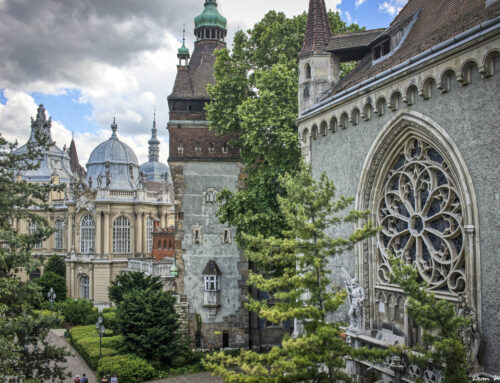
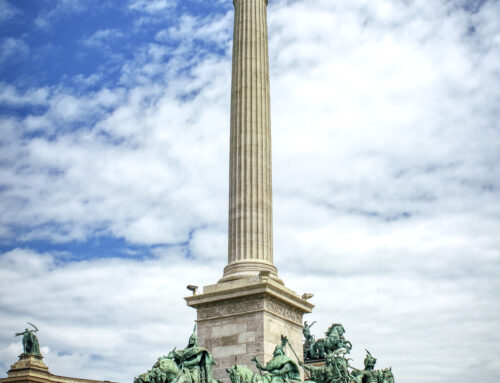
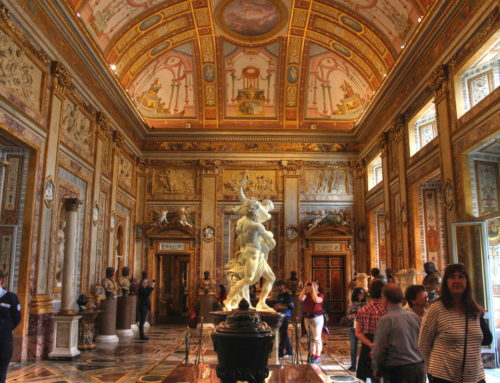
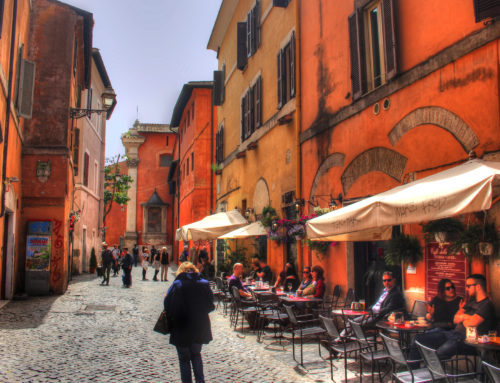
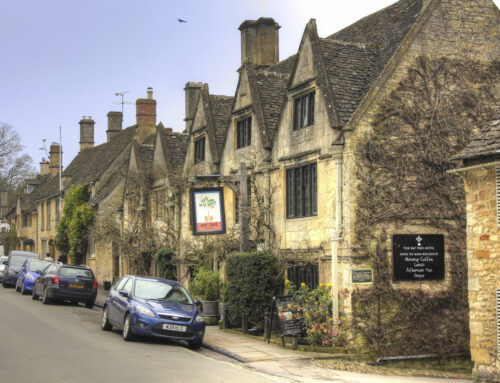
[…] which country to opt for can be confusing. The major safari holiday locations in Africa include Tanzania, South Africa, Rwanda, Uganda and Ethiopia, however, many believe the best safaris can be found in […]